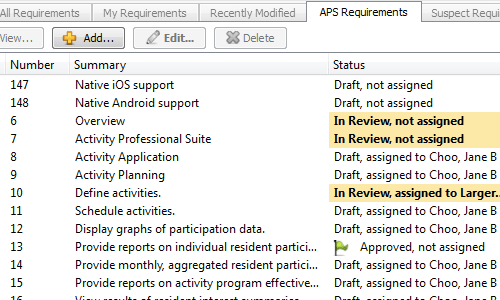Requirements management that goes way beyond Office.
Why HELIX ALM Requirements Management?
Collaborate with multiple stakeholders—simultaneously capturing requirements, performing reviews, knowing what’s approved, and most importantly, being aware of changes.
Define a rich taxonomy of requirement types and their relationships to ensure complete requirements specifications and simplify requirements decomposition..
Leverage our forward and backward traceability to quickly produce matrix reports, verify the test coverage of requirements, and even trace requirements to source code changes.
A Living, Breathing, Requirements Document Begin by centralizing.
Centralize requirements to break free of the single-owner constraints Office applications place on documents.
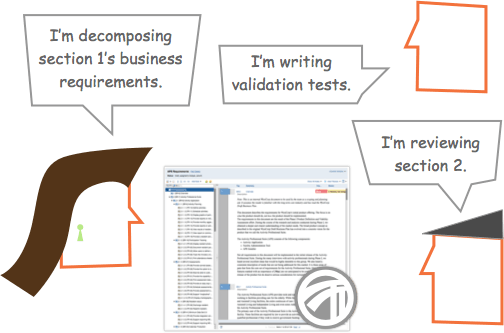
Organized like a document, but better.
Organize (and reorganize) the hierarchy of requirements. Just like a document. But everyone shares in real time, so it’s better.
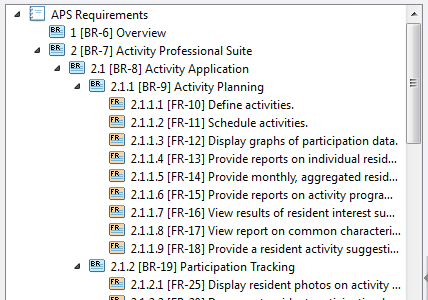
“Re-use” requirements.
Reuse requirements to reduce requirements validation, ensure consistency across projects, and leverage test case and test coverage work.
6 Best Practices for Requirements Reuse
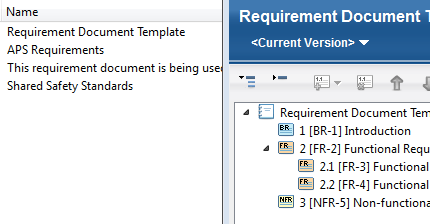
Multiple taxonomies for complex problems.
Classify requirements based on multiple taxonomies, including safety and risk for safety-critical products. We can link risks to systems requirements and tests for risk analysis and control.
Learn how we help medical device developers manage safety-related requirements
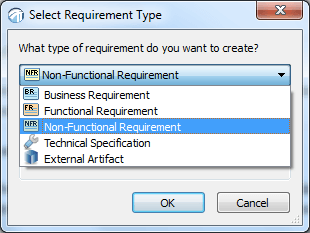
Decomposition that’s odor-free.
We make it easier to decompose marketing requirements into product requirements, system specifications, and functional requirements. As you decompose, we maintain hierarchy and build traceability for each requirement’s point of origin.
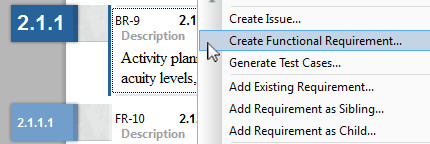
Leave Office behind.
If you’ve been managing requirements with Microsoft Word, we’re so sorry. You’ll be happy to know importing them into TestTrack is a breeze.
And, welcome to the future.
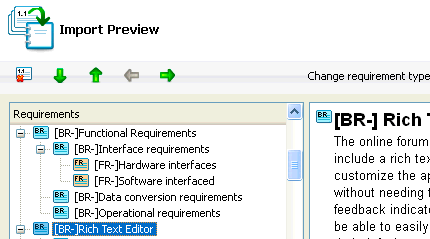
Instant Transparent Requirements Traceability.
Build lasting relationships.
Traceability starts with building relationships. Link requirements to other requirements, test cases, test results, even source code to provide upstream and downstream traceability of development artifacts.
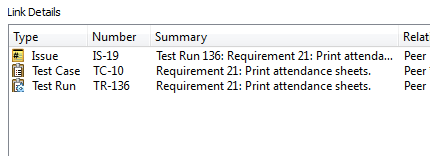
Get a handle on requirements traceability with the Traceability Toolkit
The matrix has you…covered.
Focus on test coverage analysis, root cause analysis, and other relationship-based analysis with our traceability matrix. TestTrack eliminates the hours of manual effort required to create and maintain these.
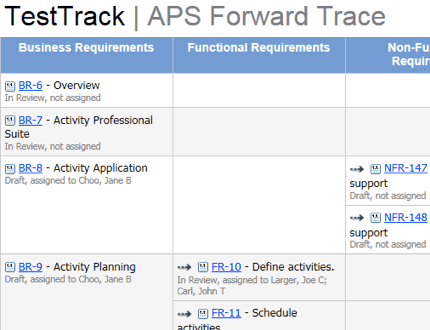
More about the traceability matrix
Presto! Test cases.
Effortlessly generate TestTrack test cases from approved requirements to validate requirements are implemented correctly.
Bonus: Test cases are automatically linked to the parent requirement.
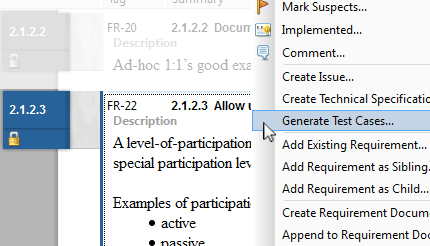
Warning! Changes Ahead.
Click! You’ve just taken a snapshot.
Taking snapshots of requirement documents at key milestones facilitates tracking and comparing changes later on.
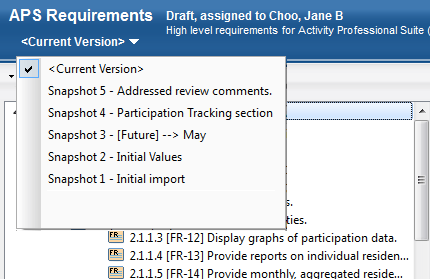
That requirement is acting suspicious.
Suspect item flagging highlights development artifacts linked to a requirement, including other requirements, that need to be reviewed when a requirement changes. How convenient!
indicates a suspect requirement.
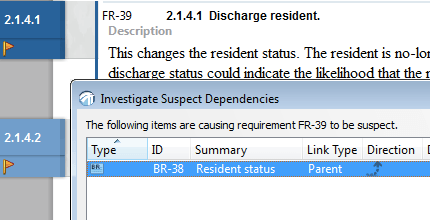
Understand your impact.
Impact analysis reports shine the spotlight on risk, helping you understand the impact of a requirement change on related requirements and test cases—important information to manage schedule and quality.
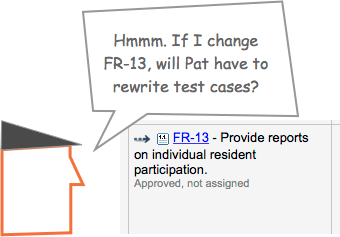
Analyze the Impact of Change
Impact analysis can take the guesswork out of understanding and approving requirement changes by helping you quickly understand the scope of changes in the context of the entire project.
Learn how to perform impact analysis with TestTrack
Now You Can Collaborate.
Don’t be surprised.
Business analysts, project managers, engineering, and quality assurance always have the latest version of requirements available for review, design, and verification. Fewer surprises = less rework.
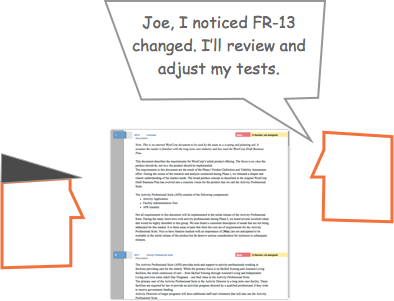
Comments…plus
We give your team visibility and a voice. They can view and compare historical versions, see related artifacts, add comments or notes, provide estimates, even enter work performed.
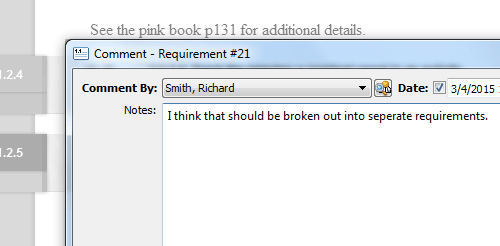
Penny for your thoughts.
Requirement review notes appear inline with requirements. Relevant emails are also tracked with the requirement.
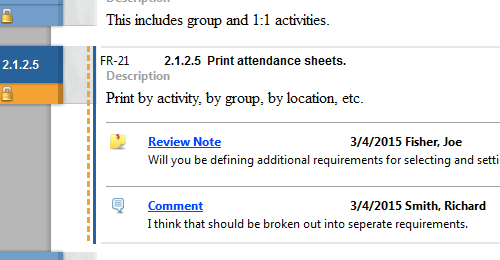
Get input from everyone.
Make it easy for all stakeholders to participate in the requirements review process with lower-cost review-only licenses. See each other’s comments in real-time—from work, home, or on the road.
Learn about TestTrack Requirements Reviewer
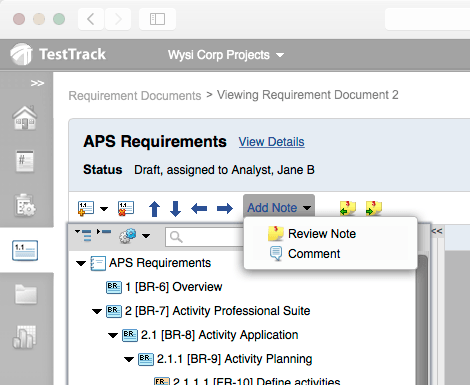
Sign here.
Reach consensus, know who has reviewed requirements and, more importantly, who you are waiting on. TestTrack keeps communication flowing and can even nag unresponsive stakeholders so your requirements documents achieve sign-off.
Include “old school” stakeholders.
We can export requirements documents to Microsoft Word for customers or stakeholders who do not have access to TestTrack.
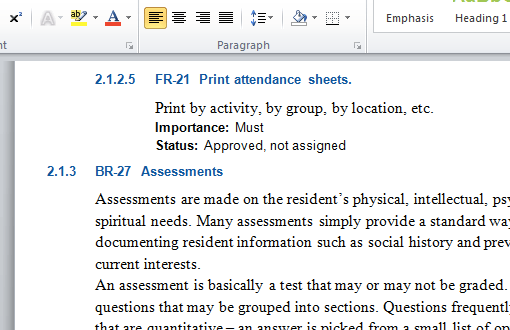
Do you wish to know more ?


